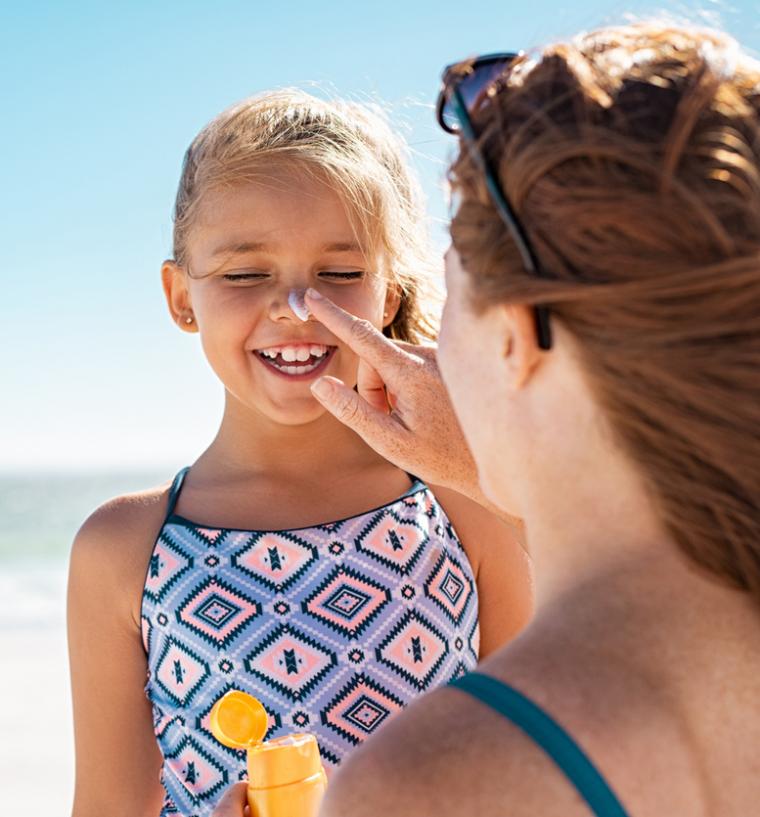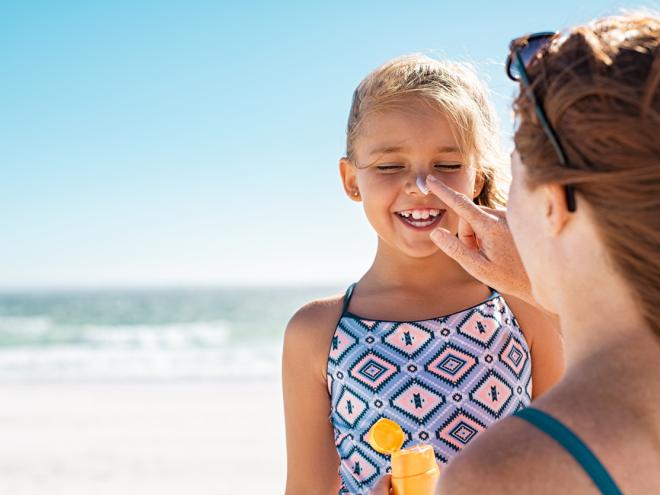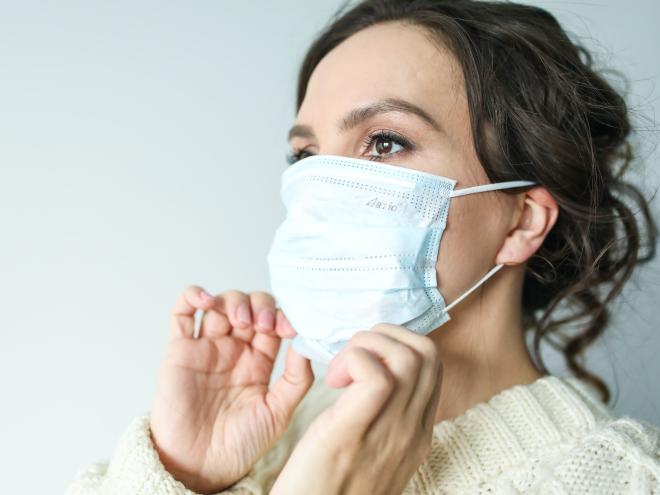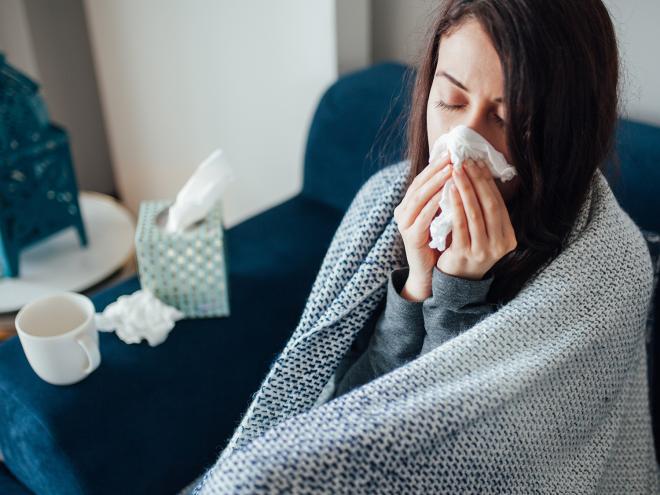Summer is in full swing and British Columbians have been taking full advantage of the sunshine, hitting the beaches, hiking, and camping. It is important to not only protect your skin from UV rays emitted by the sun during these beautiful summer days, but also on cloudy days even in winter. The fact is that up to 80% of the sun’s rays can get through light cloud, fog, and mist, so it is important to take steps to protect from UV damage now and throughout the year.
UV radiation – what you should know
 According to the World Health Organization, four out of five cases of skin cancer could be prevented if protections against the sun’s damaging UV (ultraviolet radiation) rays were put in place. There are three main types of UV radiation:
According to the World Health Organization, four out of five cases of skin cancer could be prevented if protections against the sun’s damaging UV (ultraviolet radiation) rays were put in place. There are three main types of UV radiation:
- Medium-wavelength UVB rays cause painful sunburn and delayed tanning, alongside skin cancer and long-term skin ageing.
-
UVA is a relatively long-wavelength form of radiation that can penetrate into your skin’s deeper layers. It is responsible for your immediate tan from a day at the beach, along with wrinkles and sunspots that appear over time.
-
UVC is the most dangerous form of radiation, but it is filtered by the Earth’s atmosphere.
Protective steps against UV damage
When it comes to choosing the right sunscreen, look for ‘broad spectrum’ on the label. These sunscreens protect against both UVA and UVB rays. It is recommended that you choose a sunscreen with an SPF (sun protection factor) of 30 or higher. These filter out almost 95% of all UVB rays, but no product is completely effective. Generously reapply sunscreen at least every two hours, even if it’s marked as ‘water-resistant’ or ‘sweat-proof’.
Apply SPF 30 or higher to babies older than six months. Be sure to test for an allergic reaction before using sunscreen on yourself or your child. If you want to keep pesky bugs at bay, apply insect repellent after sunscreen.
Minimizing the risks of UV rays
-
Hitting the beach? Check the UV Index to make your sun protection plan for the day.
-
Limit your time in the midday sun, when the sun’s rays are at their strongest.
-
Seek shade where possible, particularly if children are with you. Keep young babies out of the sun completely, as they are hypersensitive to its effects.
-
Remember to bring a hat, sunglasses, and light-coloured clothing made from breathable materials.
BC’s physicians hope you will take these steps to ensure you and your family stay healthy and safe while enjoying a great summer – on sunny and not-so-sunny days.
Do you have suggestions of topics to help promote the health and safety of British Columbians? E-mail us at communications@doctorsofbc.ca



